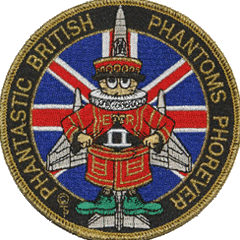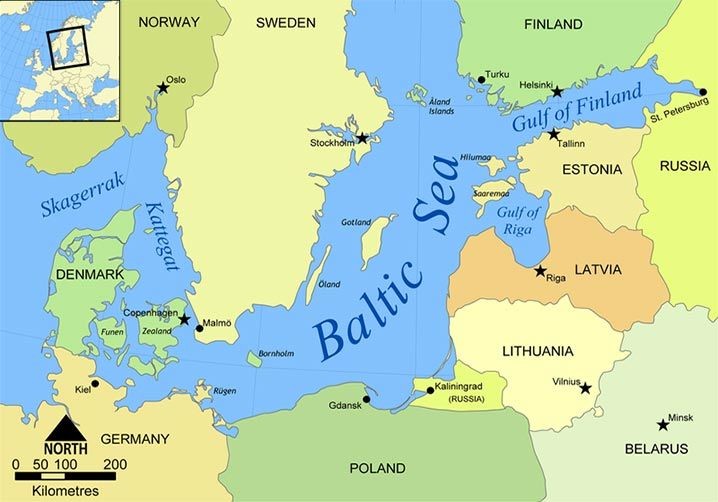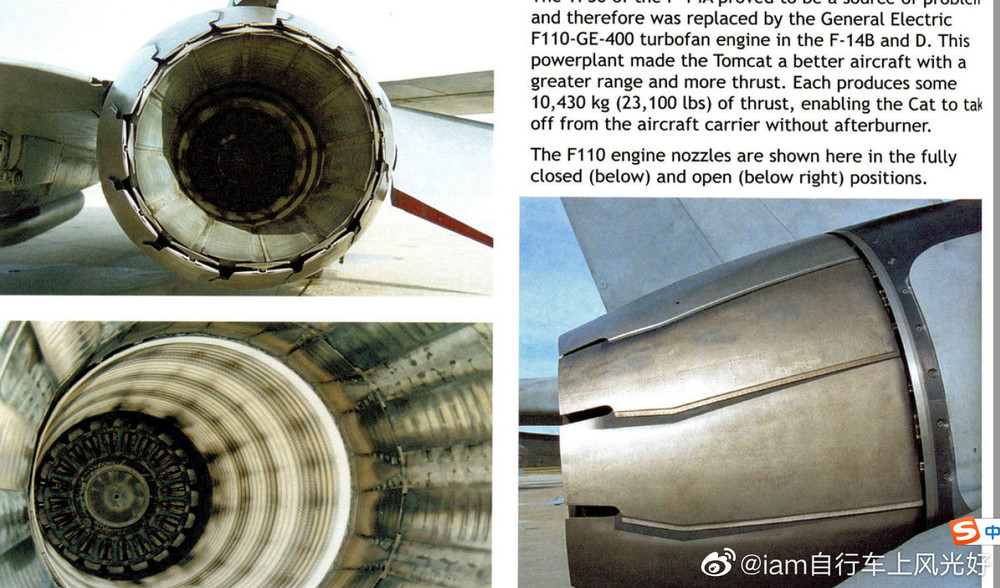-
Posts
1445 -
Joined
-
Last visited
Content Type
Profiles
Forums
Events
Everything posted by G.J.S
-
Okay I’m done. Yes the 50 has a brake chute as standard, the chute release cable is down by the pilots knees right by the cassette player. You pull the cable and as a warning to other pilots in the vicinity, a brass band pops out of the chute tube after the chute itself, playing “Sweet home Alabama” at many decibels.
-
Hello again, the block 50 does not use a drag chute if you imagine the 50 as the base model of a car - customers can order the drag chute ‘as an option’ - but it does not come with one as standard.
-
True, although as stated, it’s the USAF b50 that is represented. Also Poland use 52+.
-

Some might think this is nuts, but for some of us....
G.J.S replied to Gentoo87's topic in DCS Core Wish List
Problems on the production lines??? -
Wrong block, 50’s didn’t have the chute pack.
-
Bet that’s a pain in the ar5e . . . Sorry, had to!
-
ED & developers give you the tools, how you use them is entirely up to you. Unlike women, planes don’t mind if you use other planes, planes don’t mind you talking about other planes, nor do they mind you looking at other planes on the internet . The differences between the A-10’s are very marked. The original A was very much a grunts plane, dependable, easy, tough. The C & C2 are much more systems intensive, and will require familiarity and frequent use to get to understand them, and use them effectively. But I agree, the A-10 has a certain something that is highly addictive, myself I prefer the A.
-

We Want To Hear Your Ideas For A New Map In DCS!
G.J.S replied to danielzambaux's topic in DLC Map Wish List
- 456 replies
-
- 37
-

-

Russia Showcases "Checkmate", An F-35 Competitor?
G.J.S replied to SCHiZO's topic in Military and Aviation
Congrats Thinder - you are my first 'Ignore'! Your profile says 'retired', yet your spelling and general demeanor says mid 20's at a push. Your YouTube also says 'young person' in every way possible. Enjoy. -

Russia Showcases "Checkmate", An F-35 Competitor?
G.J.S replied to SCHiZO's topic in Military and Aviation
Okay . . . friendly warning now . . . be VERY careful. And if you must place a piccy of the YF-23, look where the hinge is for the tail, at any sort of AoA - the tail is in the airflow and little to no blanking. Pills taken - what did you fly? And for gods sake - spellcheck! -

Russia Showcases "Checkmate", An F-35 Competitor?
G.J.S replied to SCHiZO's topic in Military and Aviation
Typhoon - has limited inlet spill due to the leading edge flap, and the - albeit curved - flat plate splitter. This new "checkmate" design has literally a fat gaping lip, the spill from the inlet edge I can envisage as being not insignificant, in part due to the forebody shape ahead of the inlet which will impart a 'parting' effect to the local airflow at higher AoA. X-31 I remember well. TVC and a long moment arm via the canards give the research platform high AoA performance. Would be fairly good post-merge, assuming it lasts that long. HARV, yes I'm familiar with that program also. How do I figure my assumptions? Lets just say I'm 'very familiar' with aircraft. The hinge - for the V-tail, the hinge is surprisingly high up away from the fuselage. That - along with the high angle - would lead to blanking of the surfaces at high AoA. If the hinge-line were lower and the angle not so great, then the blanking effect would not be so pronounced. I have followed your tip. As for the reams of research papers on uber-maneuverability, a very large percentage of the findings point to types that would either be of limited utility in the real world, or represent idealistic end goals that require a great many preceding technologies to be developed before they can be used in any meaningful way. Some do find their way into production articles however, but only those that rely on . . . . . . I cant anymore, this is boring the pants off me enough that I am sat here firing skittles out my nose into the waste paper bin that's about 6 feet from me . . . I'm getting about 70% in though! May I ask your background? BAe? Similar? True - its like putting lipstick on a Hippo. -

Russia Showcases "Checkmate", An F-35 Competitor?
G.J.S replied to SCHiZO's topic in Military and Aviation
I will still uphold my assumption, there are just a few things about the layout that scream “problem”. Unless they are relying on computers, even a donkey could fly if you strap a suitably programmed FCS to it, but first and foremost you need to learn from design errors or incompatibilities, and not ignore them because the computer can pick up the slack. -

correct as is relaction regar map of caucaso and request update.
G.J.S replied to Xilon_x's topic in DCS Core Wish List
-

correct as is relaction regar map of caucaso and request update.
G.J.S replied to Xilon_x's topic in DCS Core Wish List
Xilon would love some of the names given to airbases that are used more frequently than their actual names, he’d have a head fart. -

correct as is relaction regar map of caucaso and request update.
G.J.S replied to Xilon_x's topic in DCS Core Wish List
But there IS an airstrip there . . . No infrastructure, but there is a strip. https://www.google.co.uk/maps/place/Kutaisi,+Georgia/@42.2470424,42.6249297,4995m/data=!3m1!1e3!4m5!3m4!1s0x405c8ce30e54af2d:0xfbec41b2d626656f!8m2!3d42.2662428!4d42.7180019?hl=en-gb -
And having a dress blues rematch with Hoser . . .
-
That's a novel way of transporting beer around the battlefield . . . . .
-

A HUGE LEAP for EF2000!But consider UK version?
G.J.S replied to nthere's topic in Heatblur Simulations
Cant speak for the JF, but the platforms I've seen - and used -the cannon install when built in is never angled downward, that would make it practically useless should the pilot need to spray an aircraft in the air!. Podded cannons are a different matter. You rely on the parabolic trajectory of the rounds to strike ground typically below the bore-line, similar in effect to low angle bombing, you are just launching the projectiles forward instead of just dropping iron. -

A HUGE LEAP for EF2000!But consider UK version?
G.J.S replied to nthere's topic in Heatblur Simulations
Im afraid that’s something I don’t know chap. The JF gun is angled downward? You sure? -
https://www.youtube.com/watch?v=Iecvnwh8mIY Deck crew plays jump-rope . . . .
-

A HUGE LEAP for EF2000!But consider UK version?
G.J.S replied to nthere's topic in Heatblur Simulations
Probably. My experience with the Mauser was in A2G roles (Tornado), pretty effective there. Volume of fire with the Vulcan would register quite a few tags - something would have to hit something critical, but with the Mauser in an A2A employment, each hit (assuming on target) is going to be a hard one. Tin tack hammer versus sledge hammer sort of thing. Both will hurt, one will knock you down a bit quicker. -
Good one. Herman - ”Heinz, ve hav a new craft for you to pilot . . “ Heinz - “VAT ZE SCHNITZEL IST DAT!?!!?”
-
A man of few words. If I can, can I ask in what way the nozzles are incorrect?




